This month's Book Nook topic is...
Building Perspective-taking Skills with
Amos’s Sweater
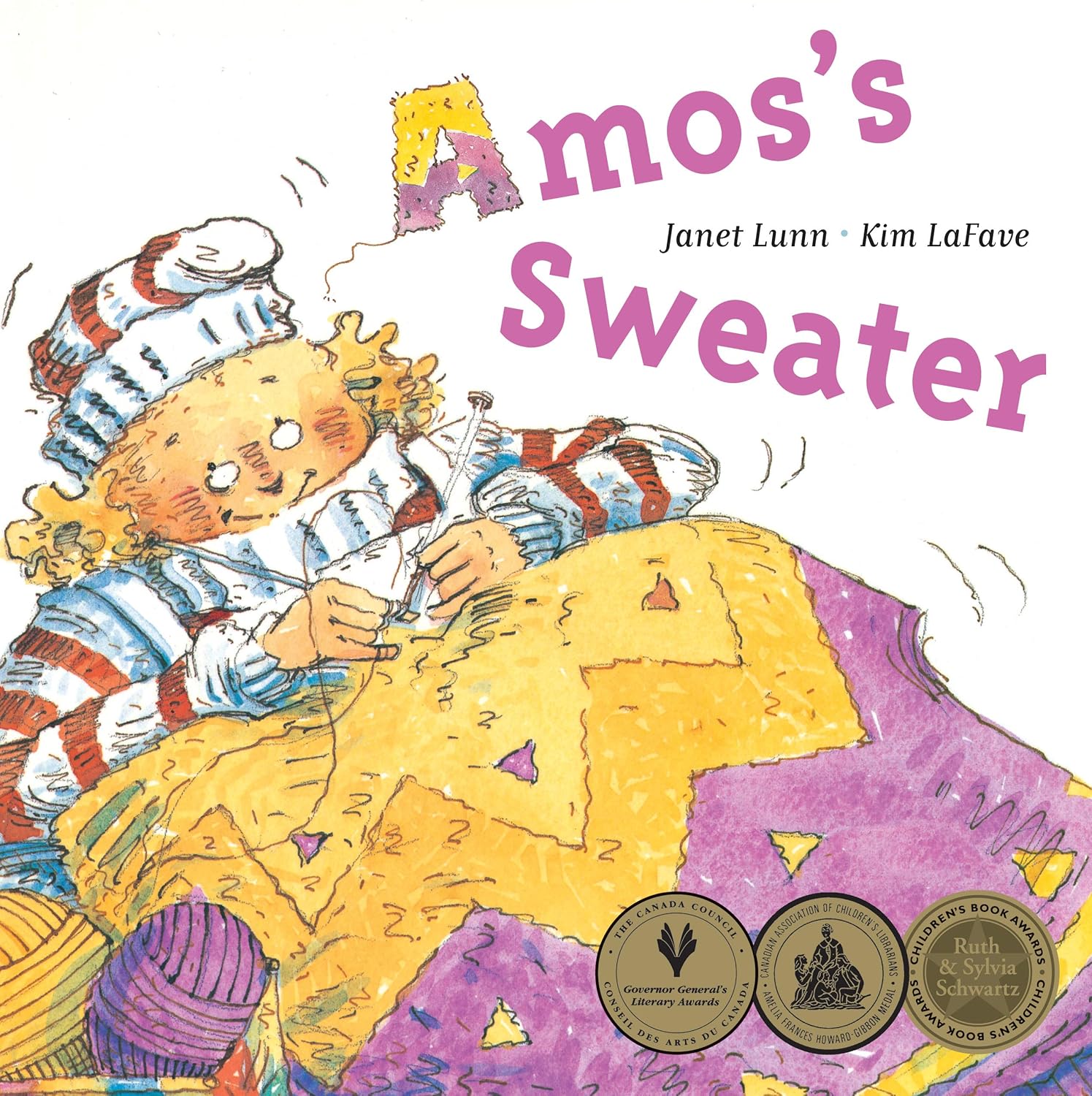
An important part of understanding stories is recognizing that characters have unique thoughts and feelings that influence what they say and do. Learning to see the world from different perspectives not only deepens our understanding of stories but also helps us appreciate why people in our lives act and respond the way they do. Books provide wonderful opportunities for children to talk about how people experience the world in different ways.
Let's get started!
The Book:
Amos’s Sweater by Janet Lunn, Illustrated by Kim LaFave
Why we chose this book
This book tells the story of Amos, an old sheep whose owners don’t realize that he’s old, cold and tired of giving away his wool. When Aunt Hattie knits a sweater for Uncle Henry using Amos’s wool, Amos feels entitled to it and does everything he can to take it back. At first, Aunt Hattie and Uncle Henry don’t understand Amos’s feelings, but by the end of the story, they see things from his perspective.
Throughout Amos’s Sweater, there are many opportunities to discuss how different viewpoints shape each character’s thoughts, feelings, and actions.
The First Reading: Getting to Know the Story
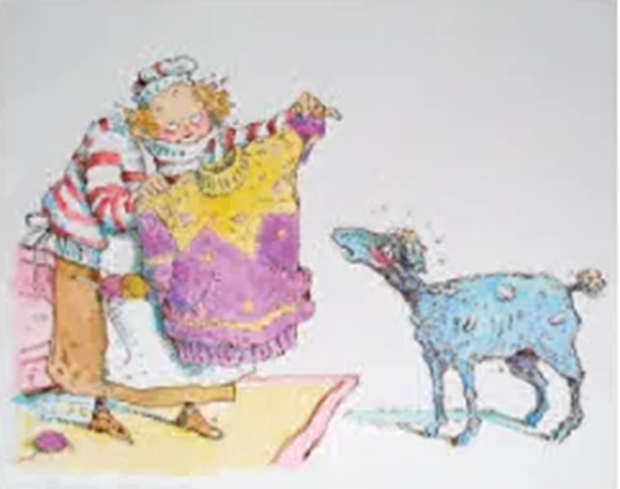 The first reading is all about helping the child gain an overall understanding of the story. For this reason, it’s important to keep the story moving, being mindful not to interrupt too much. As you read, you can make 3-5 comments about the characters’ thoughts, feelings, and perspectives.
The first reading is all about helping the child gain an overall understanding of the story. For this reason, it’s important to keep the story moving, being mindful not to interrupt too much. As you read, you can make 3-5 comments about the characters’ thoughts, feelings, and perspectives.
For example, when Aunt Hattie proudly holds up the finished sweater, you can say:
- “Aunt Hattie looks so happy with the sweater she made. But look at Amos―he’s not happy at all! He looks mad!”
Next Readings: Exploring Different Perspectives
Once the child is familiar with the story, you can start having conversations about the characters’ different perspectives. Ask questions and make comments that encourage the child to think about what the characters might feel or experience―and how that affects their actions.
Use “Thinking-Out-Loud” Comments
These show the child how you think about the story and infer details that aren’t directly stated in the book. “Thinking-out-loud” comments start with words like:
- “I’m thinking that…”
- “I’m wondering about…”
- “I’m trying to figure out…”
Here are some “thinking-out-loud” comments you could use while reading:
- “I’m thinking that Amos is really tempted to take that sweater when he sees it in the kitchen.”
- “I’m wondering why Amos wants that sweater so badly.”
Ask Questions that Deepen Understanding
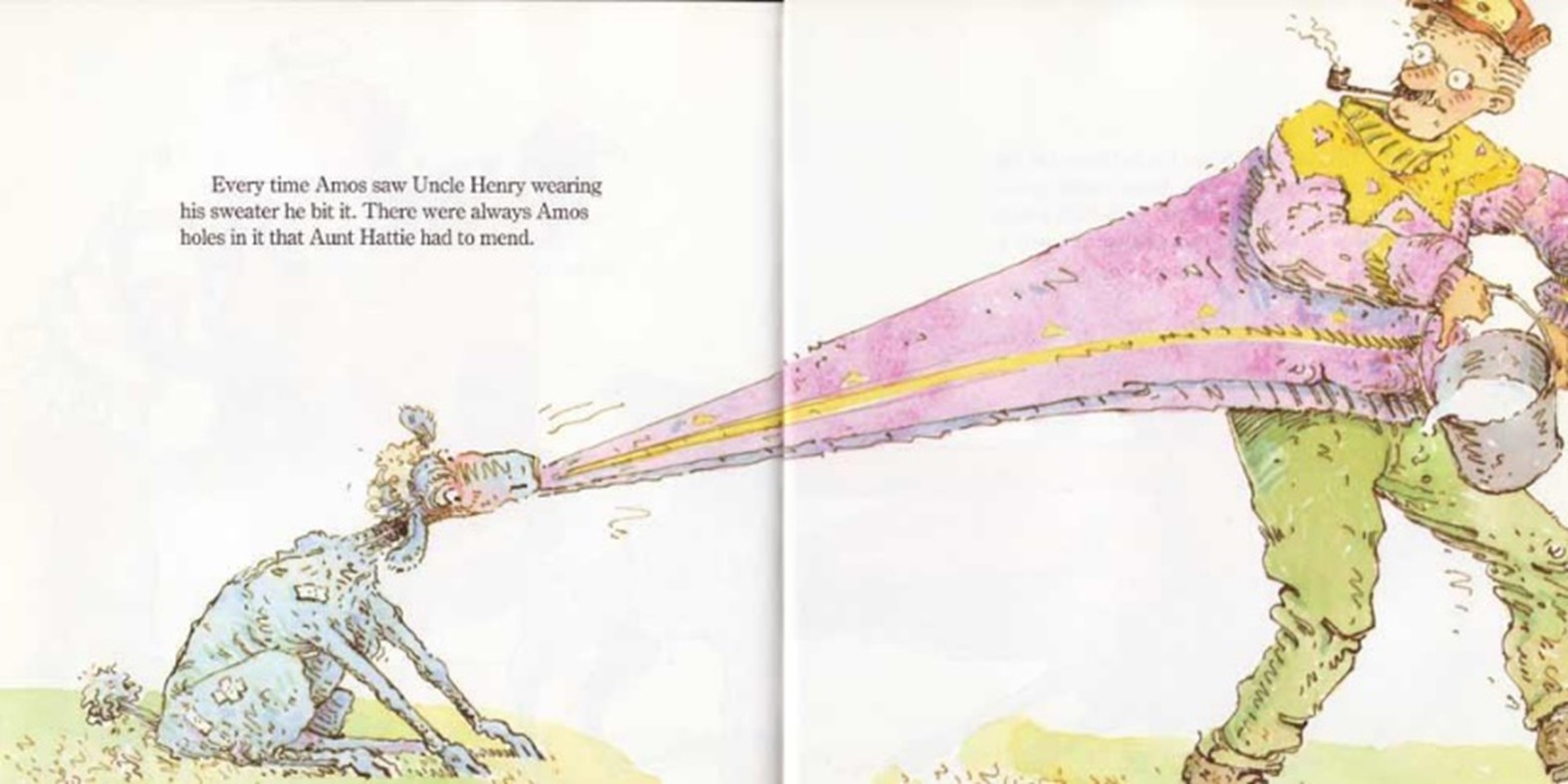 Questions about what a character might be thinking or feeling help the child develop their perspective-taking skills. Here are some examples you could use while reading:
Questions about what a character might be thinking or feeling help the child develop their perspective-taking skills. Here are some examples you could use while reading:
- “How do you think Uncle Henry feels when Amos bites his sweater?”
- “What do you think Amos is thinking when he sees the sweater laying in the kitchen and no one is around?”
Make Predictions
You can extend perspective-taking beyond the book by using comments and questions to discuss what might happen next. For example:
- “What do you think Aunt Hattie and Uncle Henry will do now that they understand how Amos feels?”
- “Now that Aunt Hattie knows why Amos was so upset, I think she’ll let Amos keep that sweater and his wool from now on.”
Continue Building Perspective-Taking After Reading
Learning about how others think and feel doesn’t have to stop when the book ends! Help the child connect the story to real life by asking questions and making comments. For example:
- “Remember when you outgrew your boots and your little brother started wearing them? At first it was hard to see them as his. I wonder if that’s how Amos felt about his sweater.”
You can also encourage perspective-taking skills in everyday situations:
- At the park: “Why do you think your friend got upset when it was time to go home?”
- During snack: “I wonder how Joseph felt when you helped him clear his dishes.”
Perspective-taking is a skill that grows with practice, so keep reading, wondering and exploring different points of view together.
Happy reading!
More Resources
The strategies in this Book Nook post are drawn from Hanen’s practical, research-based guidebooks for building emergent literacy. Explore the links below to learn more about how these guidebooks can support you.
For Parents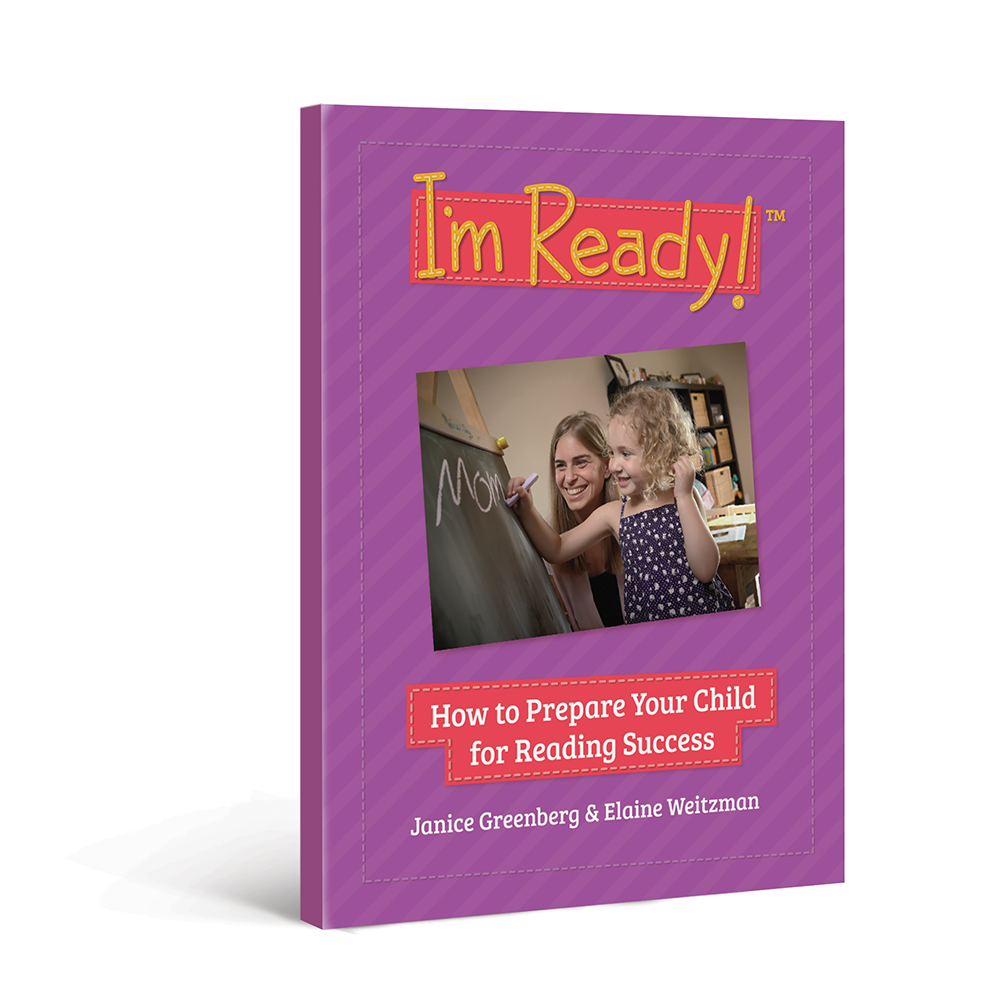 I'm Ready! guidebook
I'm Ready! guidebook
For Educators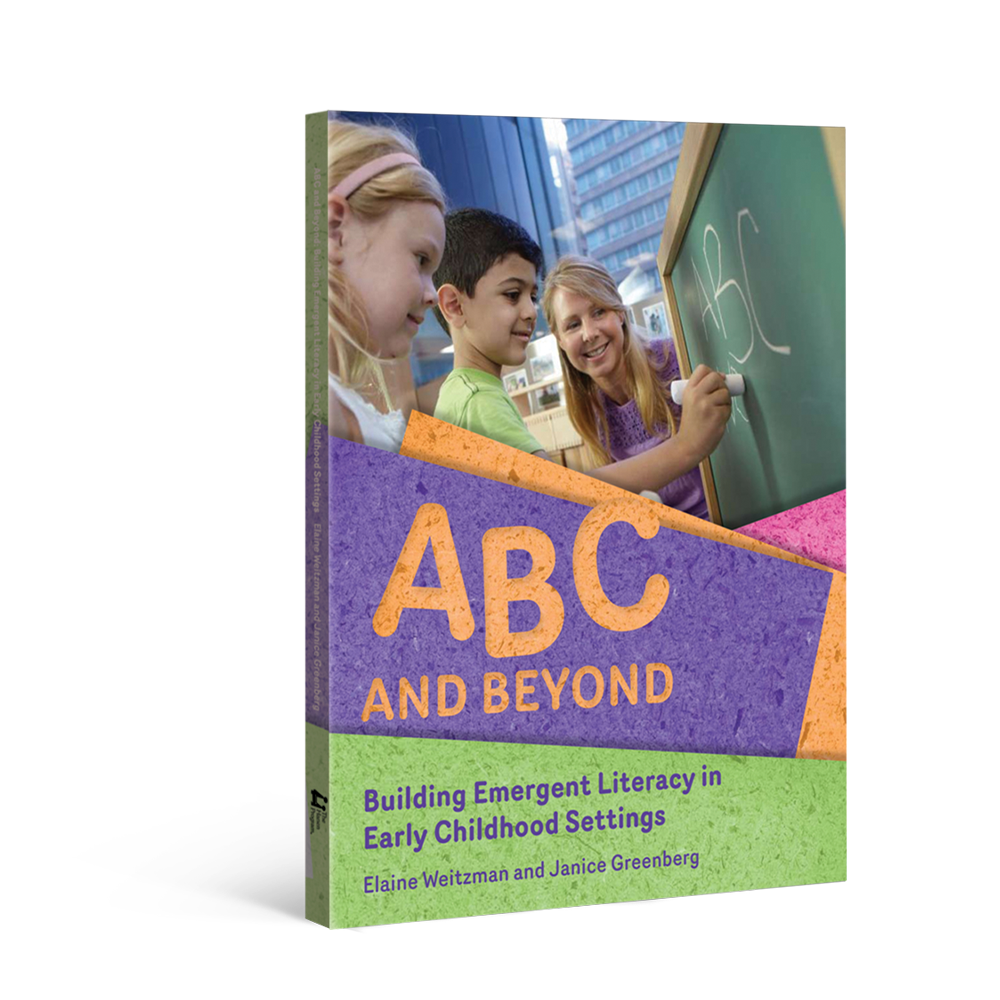 ABC and Beyond guidebook
ABC and Beyond guidebook
